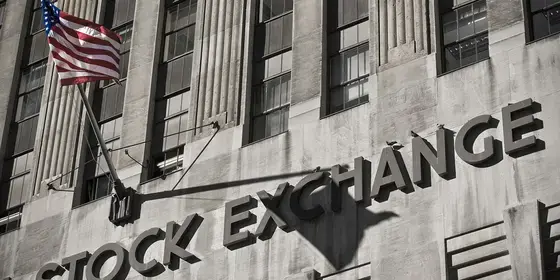Smart financial planning is a crucial element when preparing for retirement, but that’s just one half of the equation. Effective portfolio management is an equally critical component.
And for Baby Boomers who are faced with increasingly longer retirements, making the most of every dollar you’ve saved can be the key to achieving the retirement of your dreams. That’s where a well-constructed portfolio can help.
When we use the term “well-constructed portfolio,” we mean a portfolio that contains the following four key traits.
Effective Diversification
What do you think of when you think of a diversified portfolio? You probably think of a portfolio that has lots of different investments. When you look at your statement, this may be illustrated by a pie chart with lots and lots of different colors.
But lots of different colors doesn’t necessarily mean there’s lots of diversification in your portfolio. Imagine you own stock and corporate bonds in Company ABC. Even though you own some stocks and some bonds, you’re ultimately investing solely in Company in ABC, regardless of the fact that you own two different asset classes. In order to be effectively diversified, you need to diversify based on the underlying risk of the investment, including company risk (as in the Company ABC example) interest rate risk, inflation risk and market risk.
Active Management
In 2013, Robert Shiller was awarded the Nobel Prize in economics when he proved that over 3-5 year time periods, markets are relatively predictable. Shiller found that assets that are less expensive tend to perform better than investments that are more expensive.
It’s this philosophy that can allow you to achieve some value from active management. By seeking out those global markets that are relatively inexpensive, you may be able to boost returns by tactically overweighting how much you invest in those cheaper markets while underweighting those markets that are more expensive.
Cost Efficiency
There’s nothing inherently bad about fees. After all, if you’re going to invest, there are going to be fees along the way. What’s more important is getting adequate value for the fees you pay. Research has shown that high-quality financial advice, retirement income planning, tax planning and asset allocation advice can provide value that can save you money above and beyond what you pay in fees.
On the other hand, transaction fees, custodian fees and commissions may be a poor use of your money. And while these expenses are likely unavoidable, they should be tamped down as much as possible.
Tax Efficiency
When we talk about tax planning with our clients, we often refer to it as a “free” return on their investments. Whether it’s making Roth conversions, harvesting losses, or one of several strategies, using these tax-planning tools helps limit how much you pay in unnecessary taxes.
The money you pay in taxes is a drag on your net returns. If you’re able to be more efficient when paying taxes, thereby keeping more of the money you earn when investing, you are effectively increasing your rate of return, and you’re doing it without having to increase the amount of risk in your portfolio.
In addition to longer lifespans, today’s retirees have had to endure an exceptionally low interest rate environment over the past decade. By having a portfolio that contains these four traits, you can potentially help limit your risk while being more efficient when transforming your savings into a more sustainable stream of retirement income.
The opinions voiced in this material are for general information only and are not intended to provide specific advice or recommendations for any individual.
There is no guarantee that a diversified portfolio will enhance overall returns or outperform a non-diversified portfolio. Diversification does not protect against market risk.
This article originally appeared on October 9, 2016 in the ;St. Paul Pioneer Press. You may view the article here.




